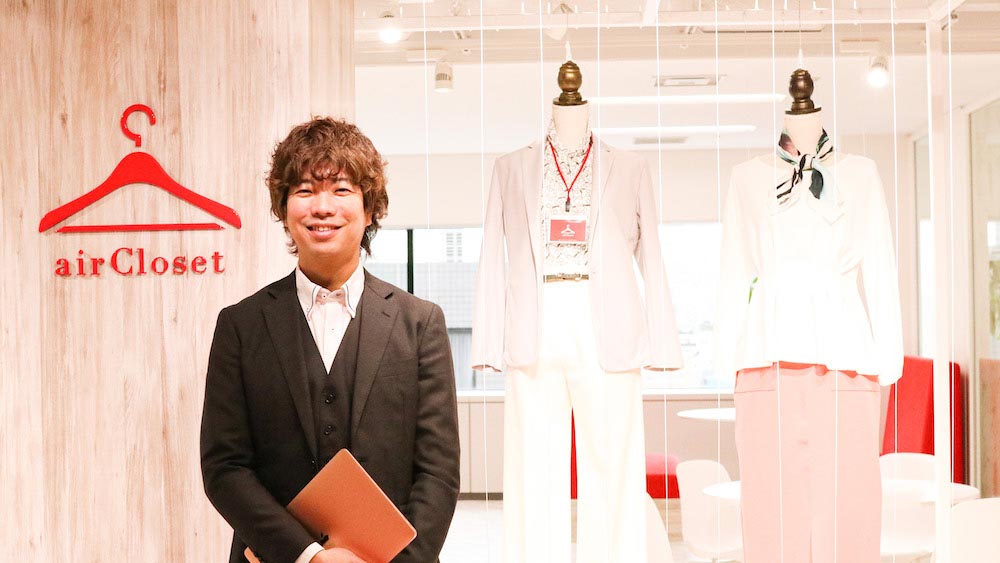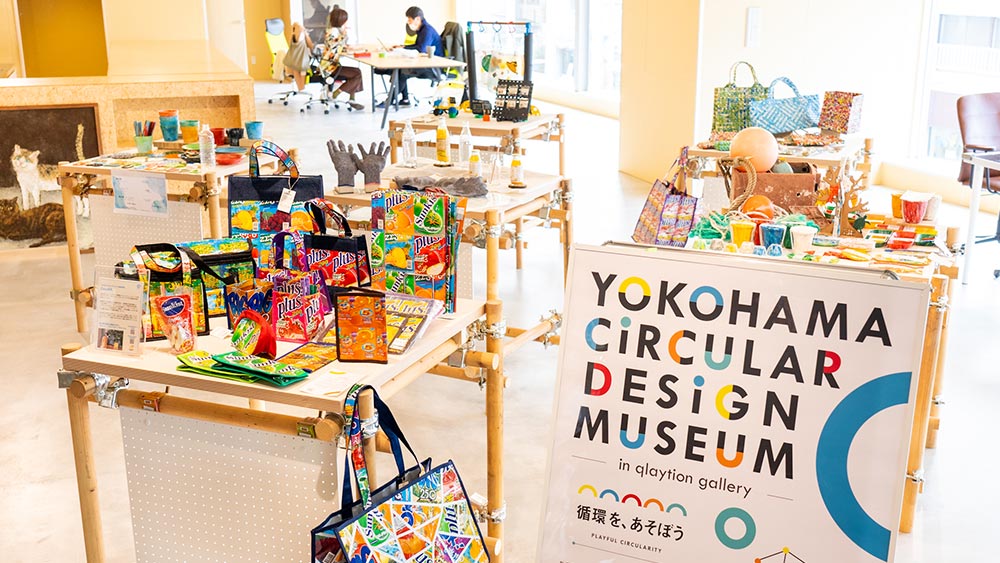In the previous article, I introduced their unique concept (“LifeWear”) and its systematic model to achieve both sustainability and business growth. In this article, I introduce some of their actions already implemented by them. Contribution to...
A cutting-edge Japanese film production team has joined forces with global scientists in natural sciences to launch the YOIHI PROJECT. The project aims to tell human stories of living in different eras through movies. In the midst of the urgent...
Upcycling curtains into sharing jackets Maru Sankaku Shikaku Co. Ltd. will launch a sharing jacket service called “Luciorta” starting 28 April. The jackets provided by Luciorta are made by upcycling offcut fabric from custom-woven, high...
On average, Japanese women spend 4,576 yen a month on cosmetics, but a whopping 86.3% of users throw cosmetics away without using them up, according to a survey of 5,000 people by MÅNGATA Corp. The company also found that the top five domestic...
Located in Toyama City, Toton is a sustainable and circular economy-themed facility that incorporates local goods. It is located in an area called Monyamachi, where warehouses are lined up, about 12 minutes by car from Toyama Station. The facility...
Do you know “Aji Stone,” also known as the “diamond of granite,” often said to be the most expensive stone in Japan? Aji Stone, produced in Aji and Mure Towns, located in the northeast of Takamatsu City, Kagawa Prefecture...
The YOKOHAMA CIRCULAR DESIGN MUSEUM is a mobile museum run by Circular Yokohama, offering a chance to view, touch, and buy circular products from Yokohama. From 17 to 18 February (Friday and Saturday,) the museum’s POP-UP store will be open at...
“airCloset” is a service that provides a circular system of sharing clothing, allowing them to be passed from one person to another who wants to wear and cherish them for as long as possible without being discarded. Additionally, the...
Mobile Museum YOKOHAMA CIRCULAR DESIGN MUSEUM is back to promote wonderful circular products in Yokohama city. Lead organizer, Circular Yokohama, has set up an exhibition at qlaytion gallery of Honshiten qlay to allow citizens to discover the...











